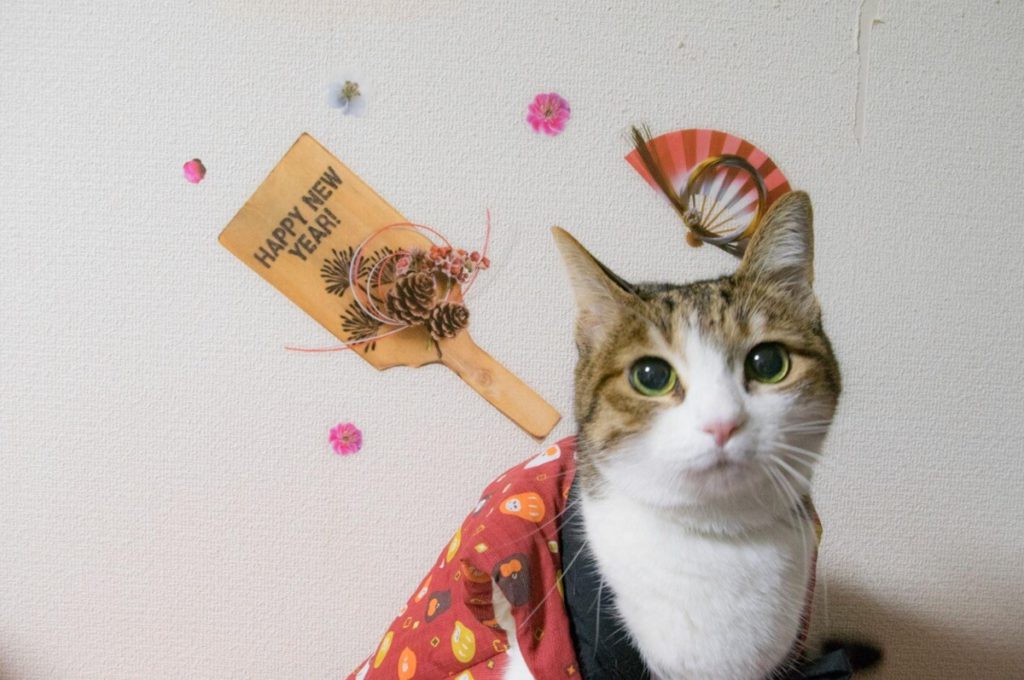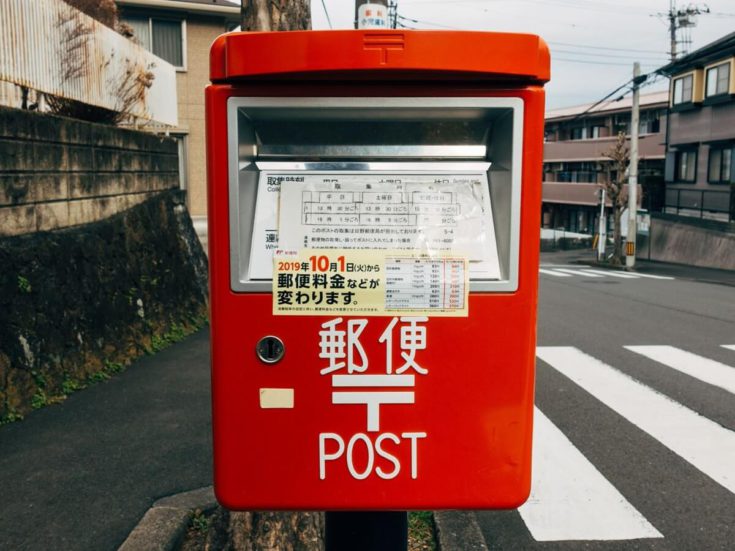One aspect of Japanese culture is on the verge of disappearing. In Japan, many people have traditionally written numerous letters toward the end of the year. These letters are not sent immediately; instead, they are all delivered on January 1st or later. Each letter carries New Year’s greetings, and this custom is known as “Nengajo.”
The history of “Nengajo” dates back to the Heian period(794-1185). During that era, there was a widespread custom called *Nenshi-mawari*, where people would visit the homes of those they were indebted to, as well as relatives, to offer their New Year’s greetings. This practice continued widely until around the Taisho period (1912–1926), when the streets would become crowded with people traveling back and forth for their New Year visits.
By the Edo period (1603–1867), people’s social circles had expanded, and it became more common to send greetings through letters. Couriers played a significant role in delivering these New Year’s messages. Additionally, during this time, some households began installing “name card holders” at their entrances. When someone was not home, visitors could leave their greetings on a card in the holder. These simplified forms of “Nenshi-mawari” are considered the roots of *Nengajo*.
When I was in elementary school, I used to write many “Nengajo” to relatives and friends. I would print photos that captured memorable moments of the year onto postcards and add a personal message. I enjoyed taking pictures for Nengajo like this.

My friends and I even competed to see who could write the most “Nengajo.” I remember how exciting it was to check the mailbox during New Year’s to see what kind of “Nengajo” had arrived and from whom.
As I grew older, we started using mobile phones, and emails became the norm. The practice of sending physical “Nengajo” began to decline. With the onset of the pandemic in 2020, the opportunities to write letters decreased even further. On chat apps, many people now settle their New Year’s greetings with just a sticker.
Moreover, the rising cost of living in Japan has affected postal rates. When I was a child, a postcard cost 50 yen, but now it has risen to 85 yen. These factors have contributed to the emergence of what is called “Nengajo-jimai.” This refers to sending a final “Nengajo” with a message stating, “I will refrain from sending “Nengajo” starting next year.”
Last year, after I got married, I sent “Nengajo” to some old friends for the first time in years. In response, I received emails congratulating me but also explaining that they no longer send *Nengajo* and couldn’t reply. While I didn’t mind not receiving a reply, I couldn’t help but feel that I had unintentionally put them in an awkward position by sending one.
I suspect that I, too, will stop sending “Nengajo” in the next few years. However, I can’t help but feel a twinge of sadness and nostalgia at the thought of no longer experiencing the thrill of checking the mailbox during New Year’s. It’s a bittersweet realization.
I’ve been working at a global pharmaceutical company for about 10 years. Love studying English, reading books, taking pictures and playing tennis!





 HTJ has a YouTube page! Check it out
HTJ has a YouTube page! Check it out